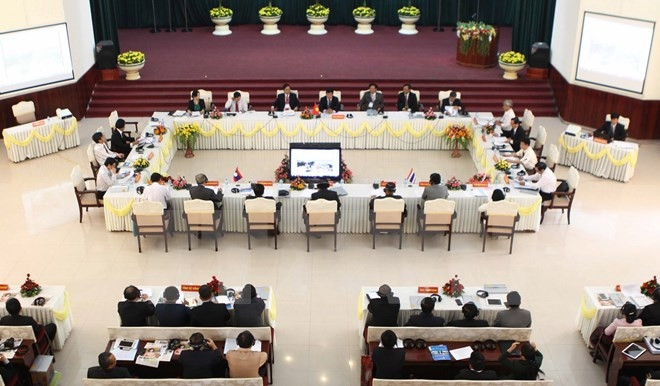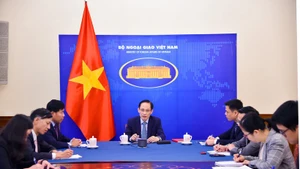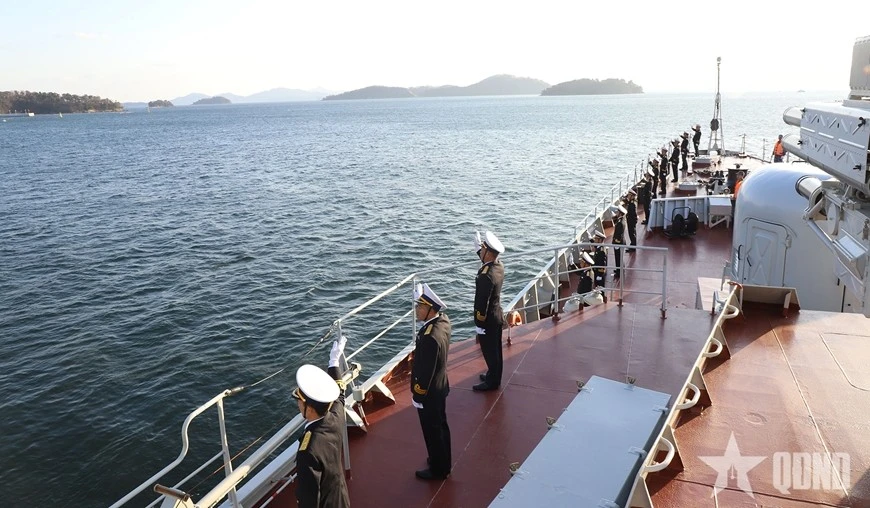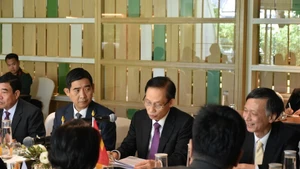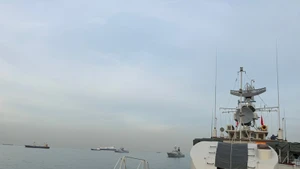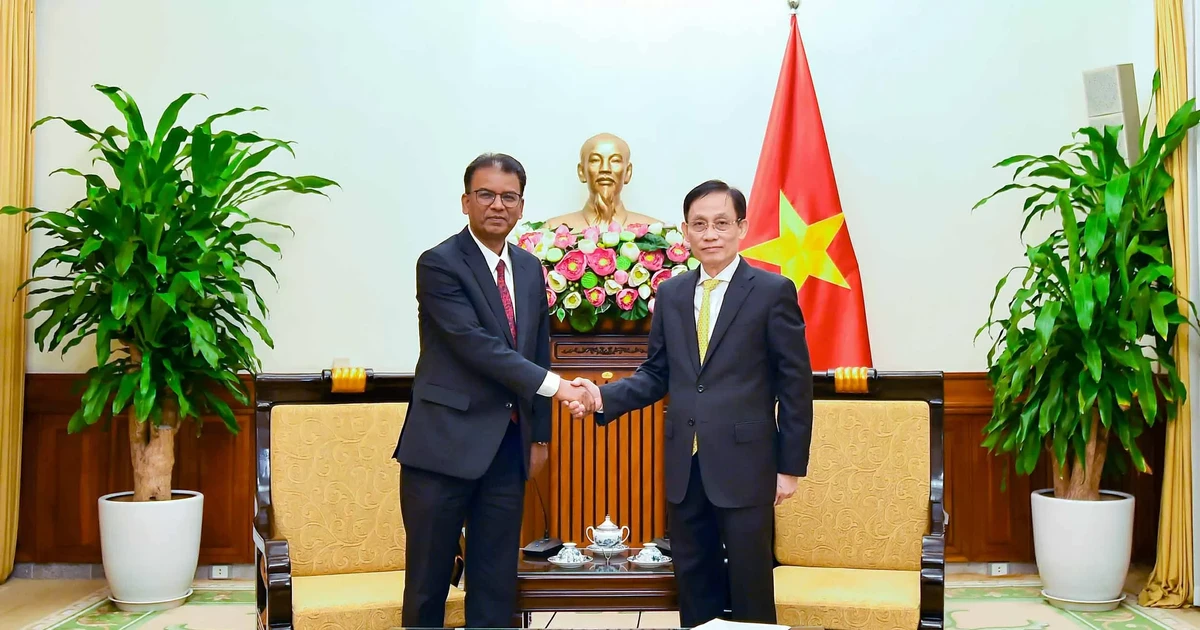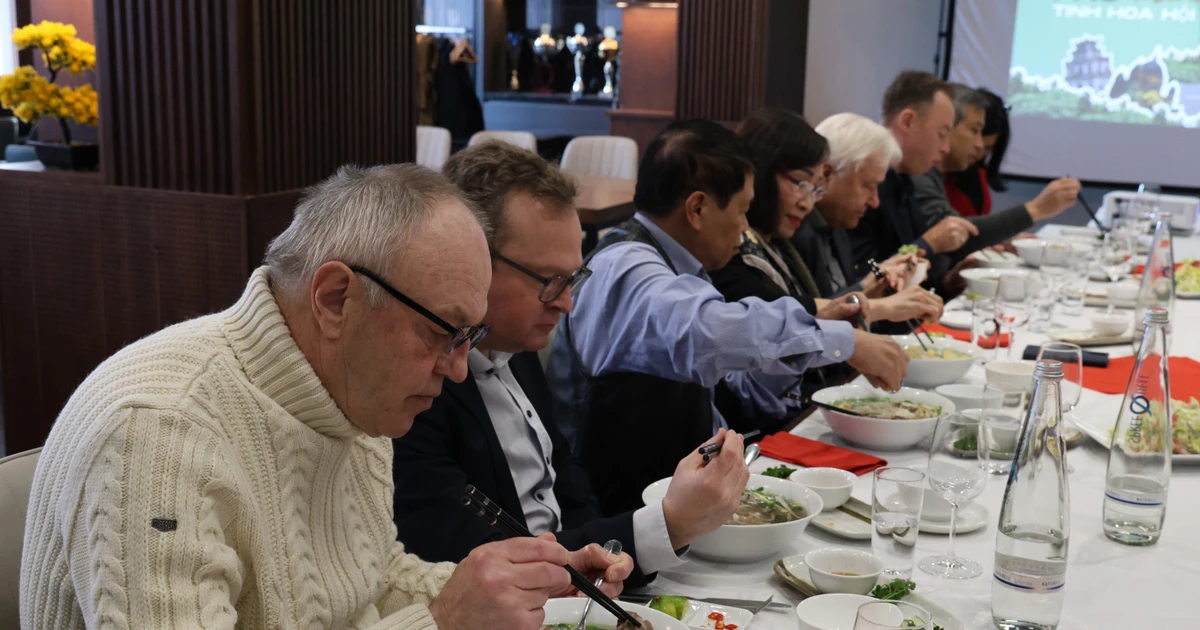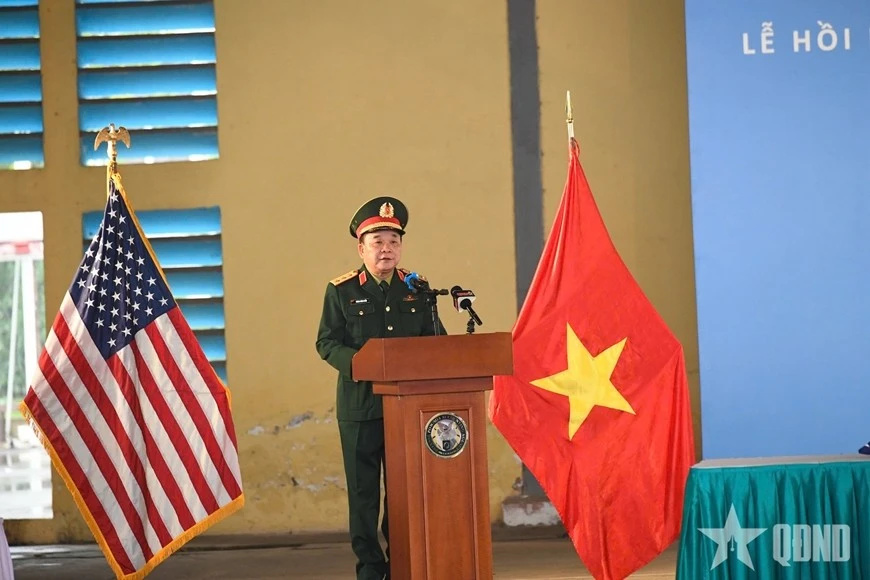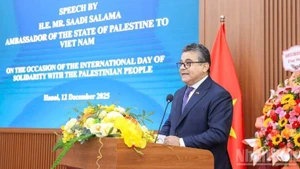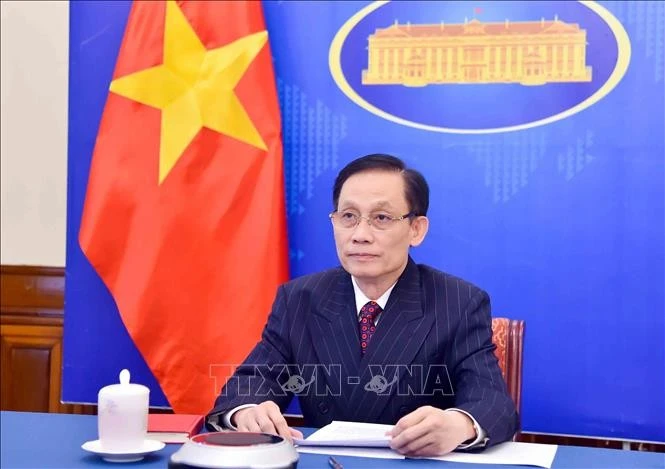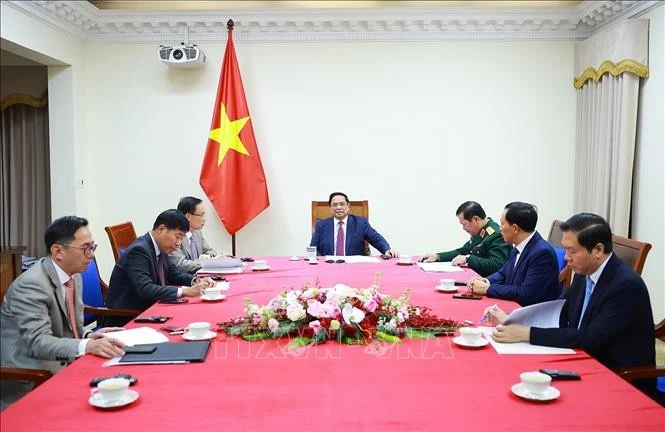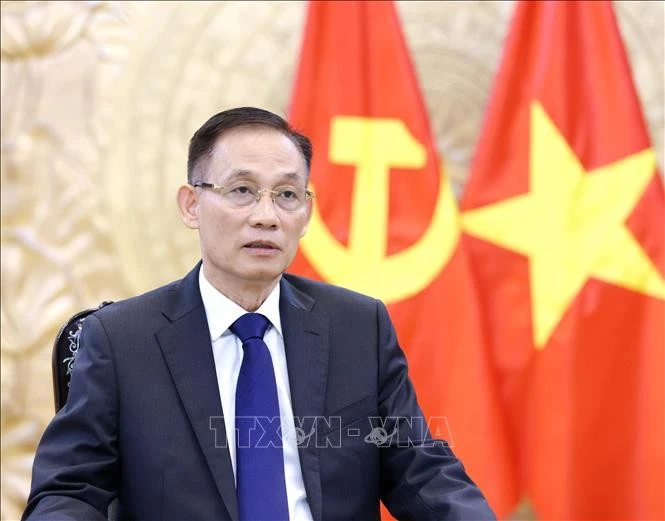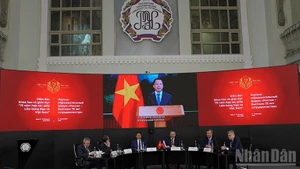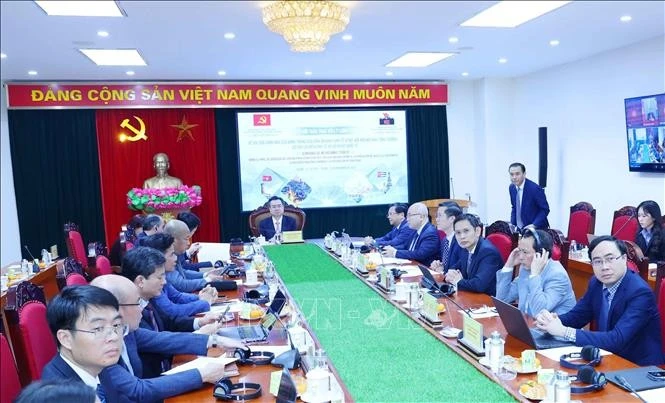Seven Vietnamese localities joining the event included Kon Tum, Gia Lai, Dak Lak, Dak Nong, Binh Dinh, Quang Ngai, Da Nang and Hanoi. Representatives from the Lao localities of Champasak, Attapeu and Sekong and the Thai Unon Ratchathani and Sisaket also joined discussions.
Participants agreed that investment, trade and tourism are the key co-operation focus of the localities, with tourism playing the central role.
The localities were also encouraged to increase the exploration of each other’s potentials along with engaging in common partnership mechanisms to build new mutually-beneficial bilateral affiliation programmes.
Deputy Governor of Laos’ Attapeu province Kenthong Sysouvong said he believes the co-operation will help boost tourism in all three countries.
Meanwhile, Deputy Governor of Thailand’s Ubon Ratchathani province, Suraphan Ditxaman said Vietnam, Laos and Thailand are currently facing dramatic changes in the environment and climate, thus the establishment of a closer connection is crucial to promote activities for socio-economic, cultural and tourism development.
According to Ta Quy, Deputy Head of the Office of the Ministry of Culture, Sports and Tourism, Lao and Thai localities should roll out more favourable policies for investors and tourists in order to boost investment and tourism collaboration.
He also asked localities of the three countries to work together to foster their partnership, contributing to deepening the friendship among the three countries.
Participants passed a Kon Tum Statement defining their determination to work more closely and enhance development co-operation.
They pledged to engage in partnership activities while backing the business community to reinforce collaboration in tourism, trade, investment and human resources training.
They will also consider the expansion of co-operation with the involvement of a fourth country and other financial institutions and organisations while maintaining information exchanges.
Since 2011, Kon Tum province has initiated and conducted a number of activities to boost bilateral and multilateral co-operation at provincial levels, including establishing a tourism route passing through all eight provinces in 2012.
